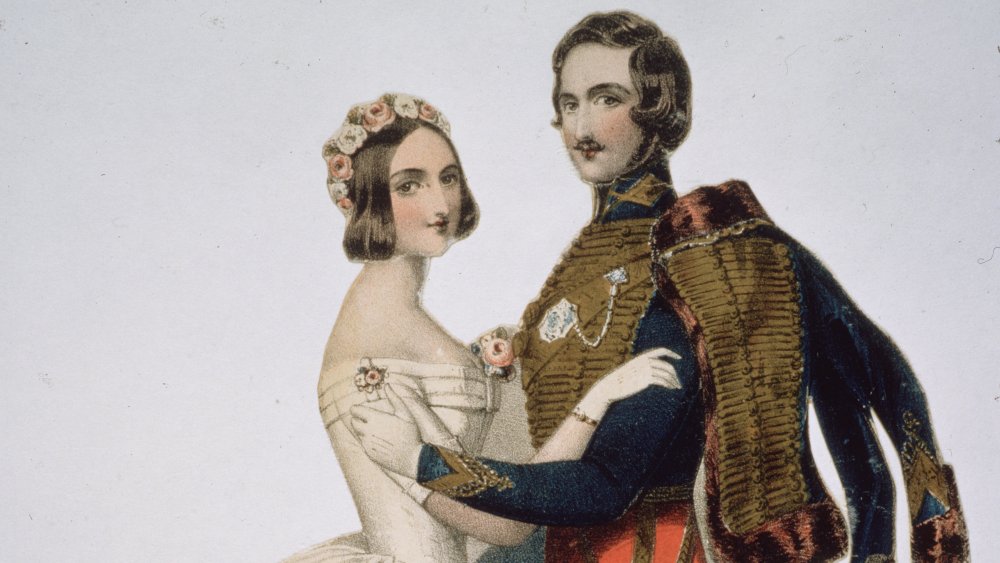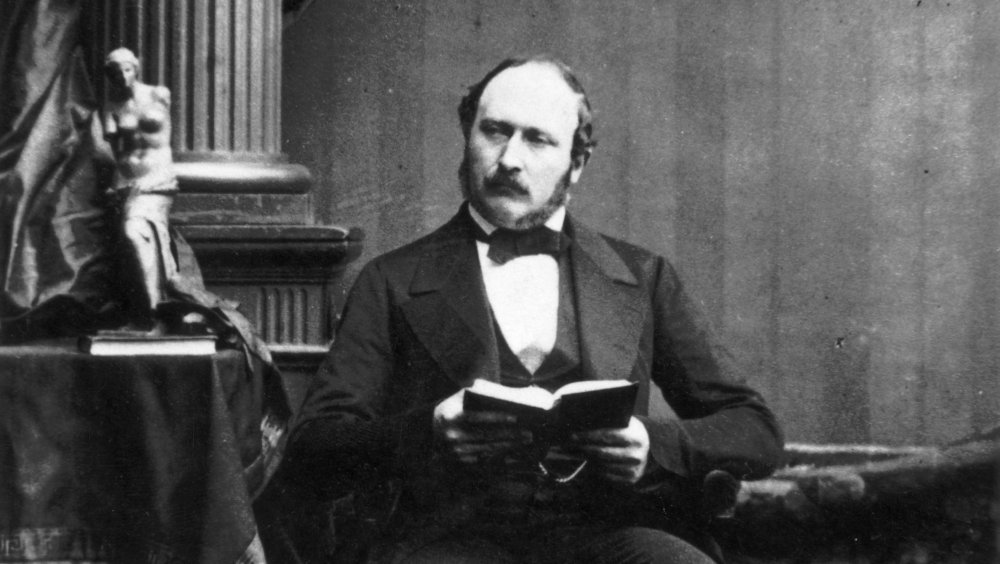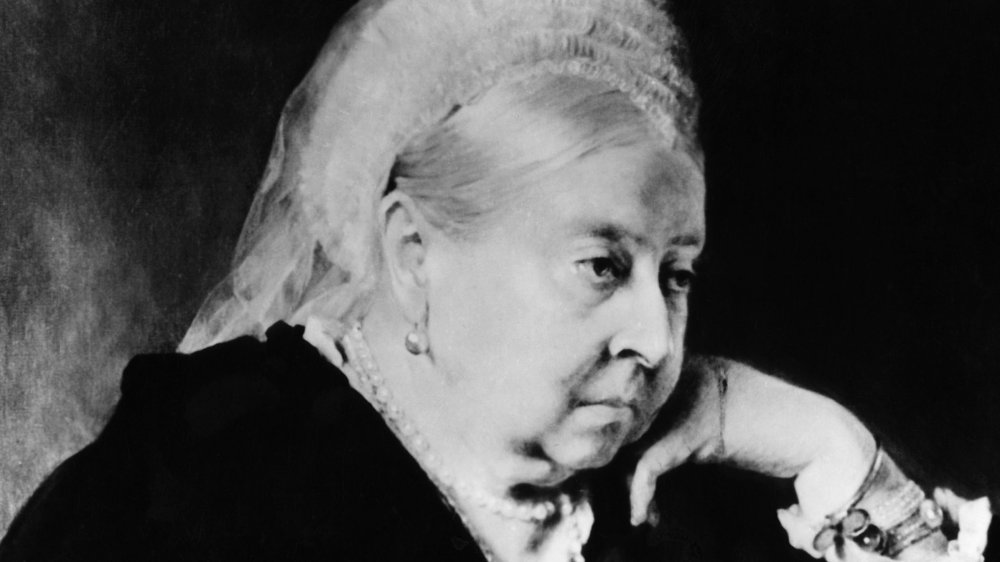The Tragic Life Of Queen Victoria's Husband
Was it galling, to be a 19th-century male married to a queen? With no real title or responsibilities of your own? That's one of the puzzles presented by the life of Albert Francis Charles Augustus Emmanuel of Saxe-Coburg-Gotha, who had the good fortune (or curse, depending on how you look at it) to marry Alexandrina Victoria, By the Grace of God, of the United Kingdom of Great Britain and Ireland Queen, Defender of the Faith. ("Empress of India" was added later.) As the UK's Royal website tells us, he came from Continental Europe, into an arranged marriage to a semi-distant cousin. They were both 21; she'd been on her throne for about three years already. He was a foreigner and therefore regarded with suspicion in some quarters. And it's not like he had a ready-made job description. What to do with a queen's husband who, as they say, wasn't from around here?
Fortunately for Albert, he brought accomplishments of his own, as well as a thick skin, to the situation. The website Royal tells us he was already an accomplished student, excelling in several areas, including natural sciences, but also in the arts, including music — he was fond of playing the organ, and also took singing lessons. He enjoyed studying languages and dabbled in painting.
Prince Albert appreciated both art and science
And he seems to have genuinely loved his wife, who in turn loved him. (They had nine children.) She came to recognize his intellect and talents, and by 1840 he was serving as the queen's private secretary, with full access to documentation and affairs of state. His connections on Continental Europe gave him valuable insights for foreign affairs, and he's credited with shaping Victoria's social reforms. He was outspoken in opposition to child labor and slavery, and in 1857 was given the title Prince Consort. He's also credited with settling a diplomatic kerfuffle with the United States that almost led to war.
Perhaps his most public accomplishment was the Great Exhibition of 1851, a sort of World's Fair, celebrating the progress of the modern age, with some 6 million people attending. It also made about £20 million. Albert served as chancellor of Cambridge University and eventually founded London's Imperial College, the first British university dedicated to scientific research.
Victoria deeply mourned Albert's death
He took deep joy in his children, especially celebrating holidays with them, and is credited with popularizing the Christmas Tree, introduced to English society by Queen Charlotte, wife of King George III. Perhaps he wanted to give them something he was denied: as BBC History tells us, his own parents divorced when he was just seven, and his mother was forbidden contact with her children.
Victoria relied on and appreciated his wisdom and education, even when the rest of England dismissed him. When he died suddenly of typhoid fever in 1861, Victoria entered a period of intense mourning, and wore black for the rest of her life. Albert was just 42 years old. He was laid to rest in the mausoleum at Frogmore, Windsor, where Victoria joined him after her death in 1901.
As for the old prank phone call — "Do you have Prince Albert in a can? Then you'd better let him out!" — the tobacco brand in question was actually named for one of Albert and Victoria's children, the future King Edward VII, nicknamed "Albert" by his family, per Heraldnet.


